THE WORLD'S MOST VENOMOUS SNAKES
Added on: 11th Aug 2016
JARARACA
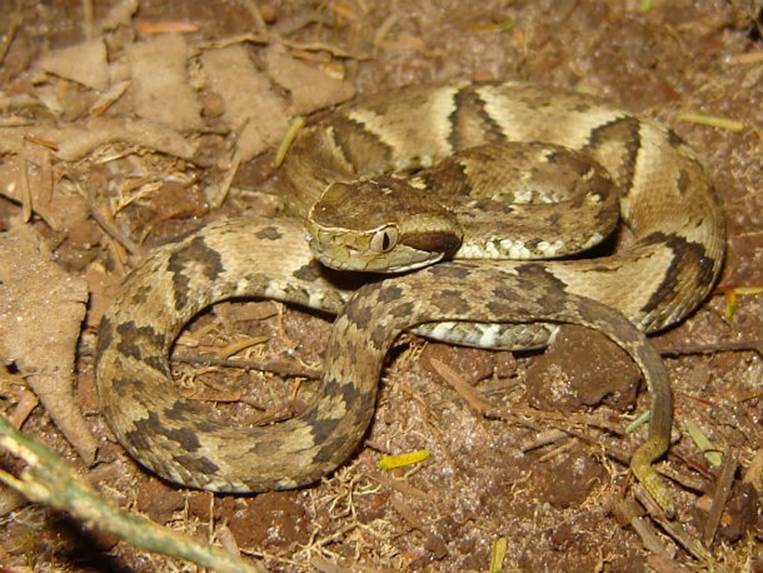
The Jararaca is the best-known venomous snake in the
wealthy and heavily populated areas of south eastern Brazil,
where it was responsible for fifty-two percent (3,446 cases)
of snakebites between 1902 and 1945 (with a 0.7 percent
fatality rate. That’s 25 deaths).
VIPER
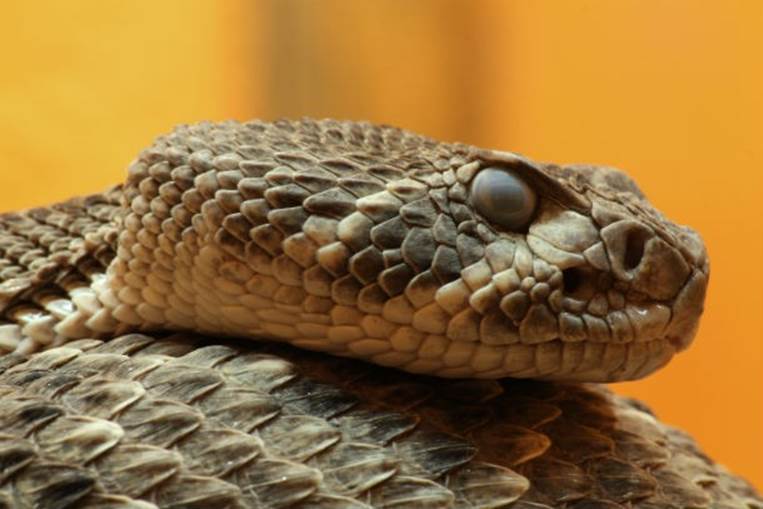
Viper snakes are considered some of the most venomous
reptiles in the world and they eat small animals (rats, for
example), which they hunt by striking and envenoming with
their deadly, paralyzing venom.
WESTERN GREEN MAMBA

The western green mamba is a very alert, nervous, and extremely
agile snake that lives mainly in the coastal tropical rain forest,
thicket, and woodland regions of western Africa. Like all the
other mambas, the western green one is a highly venomous
elapid species and its bite can kill several humans in a
short period of time if it goes untreated.
EASTERN GREEN MAMBA
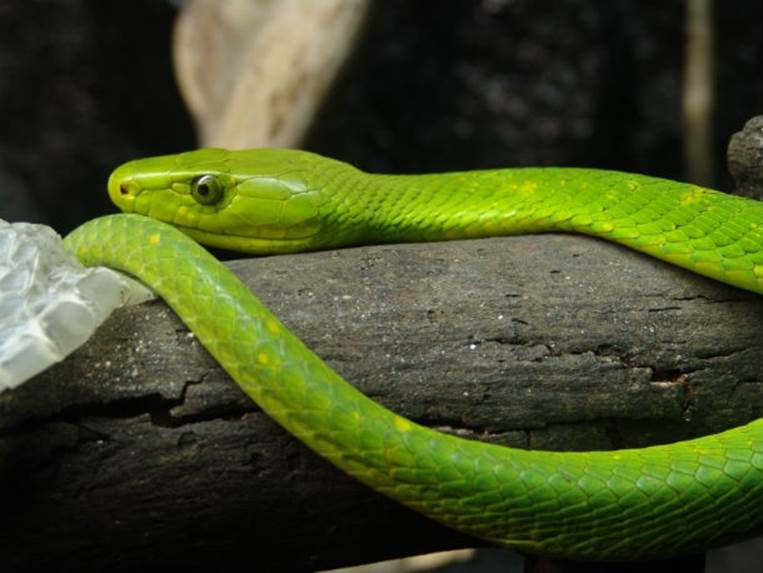
Like other species of mamba, the eastern green mamba is
highly venomous; a single bite can contain enough venom to
kill several people. The venom acts on the nerves, heart and
muscles, and spreads quickly through tissue. Bites rapidly
progress to life-threatening symptoms characteristic of
mamba bites, which include swelling of the bite area,
dizziness, nausea, difficulty breathing and swallowing,
irregular heartbeat, convulsions, and eventual
respiratory paralysis.
MANY-BANDED KRAIT

Based on several LD50 studies, the many-banded krait is among
the most venomous land snakes in the world. The species was
first described by the scientist Edward Blyth in 1861 and
since then it has been recognized as one of the most
dangerous snakes to human beings.
BOTHROPS ASPER
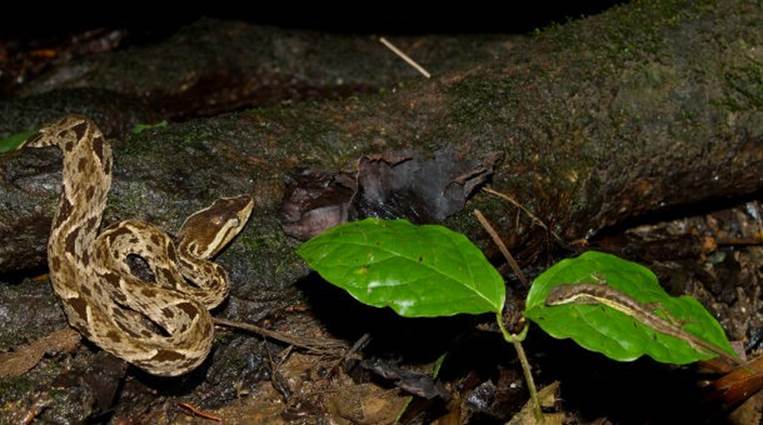
Sometimes referred to as the “ultimate pit viper,” these snakes
are found in a wide range of lowland habitats, often near human
habitations. Its proximity to human habitats is likely the reason
why it is considered more dangerous to humans, even though
its venom isn’t as lethal as that of other snakes. This species
is the main cause of snakebite incidents where it lives.
RUSSELL’S VIPER
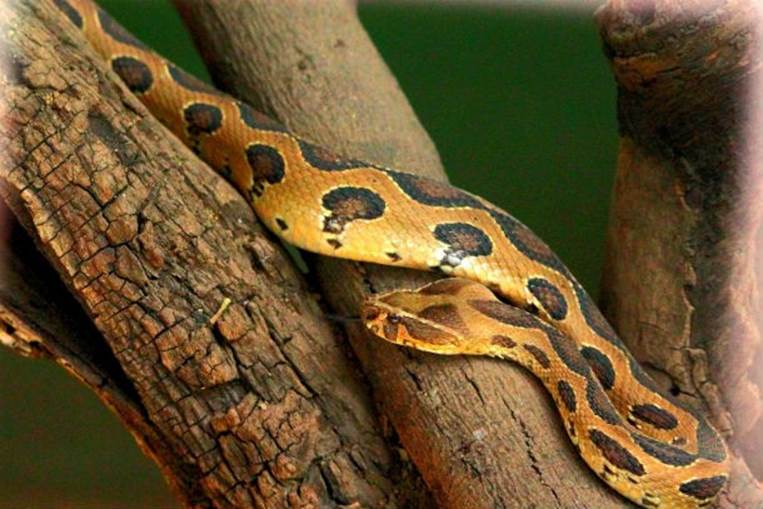
The Russell’s viper is one of the most dangerous snakes in all
Asia, accounting for thousands of deaths each year. Once
bitten, people experience a wide variety of symptoms including
pain, swelling, vomiting, dizziness, and kidney failure.
FOREST COBRA

Not as notorious as its Indian “cousin,” this species is still very
alert, nervous, and is considered a very dangerous snake.
When it feels threatened, it will assume the typical cobra warning
posture by raising the front of its body off the ground,
spreading a narrow hood, and hissing loudly. Bites to humans
are less common than for other African cobras due to
various factors, though a bite from this species is a
life-threatening emergency.
COASTAL TAIPAN

The coastal taipan is often regarded as the most dangerous
snake in Australia. They are extremely nervous and alert, and
any movement near them is likely to trigger an attack. Like any
snake, the taipan prefers to avoid conflict and will quietly slip
away if given the chance; however, if surprised or cornered
it will ferociously defend itself and its venom will most
likely kill within a few minutes.

Comment on this